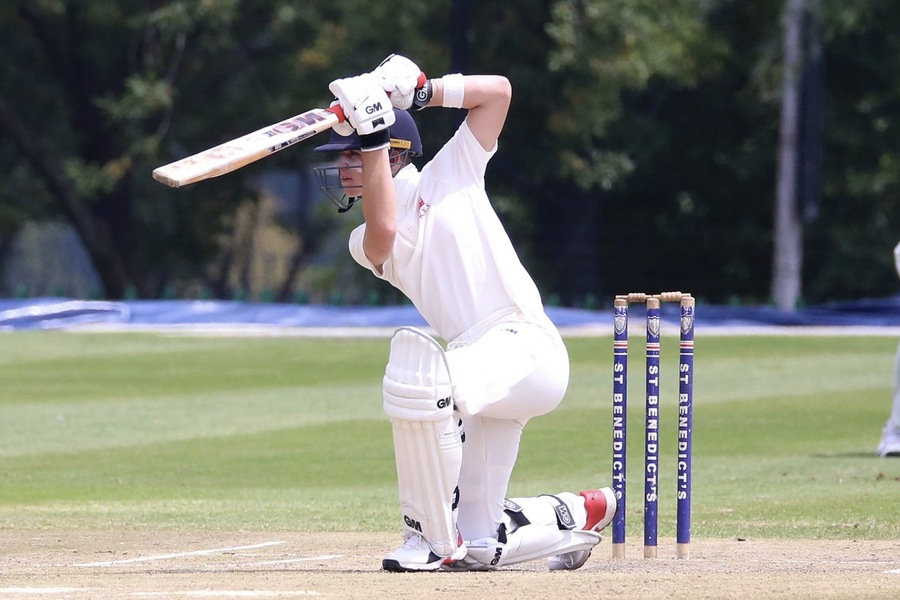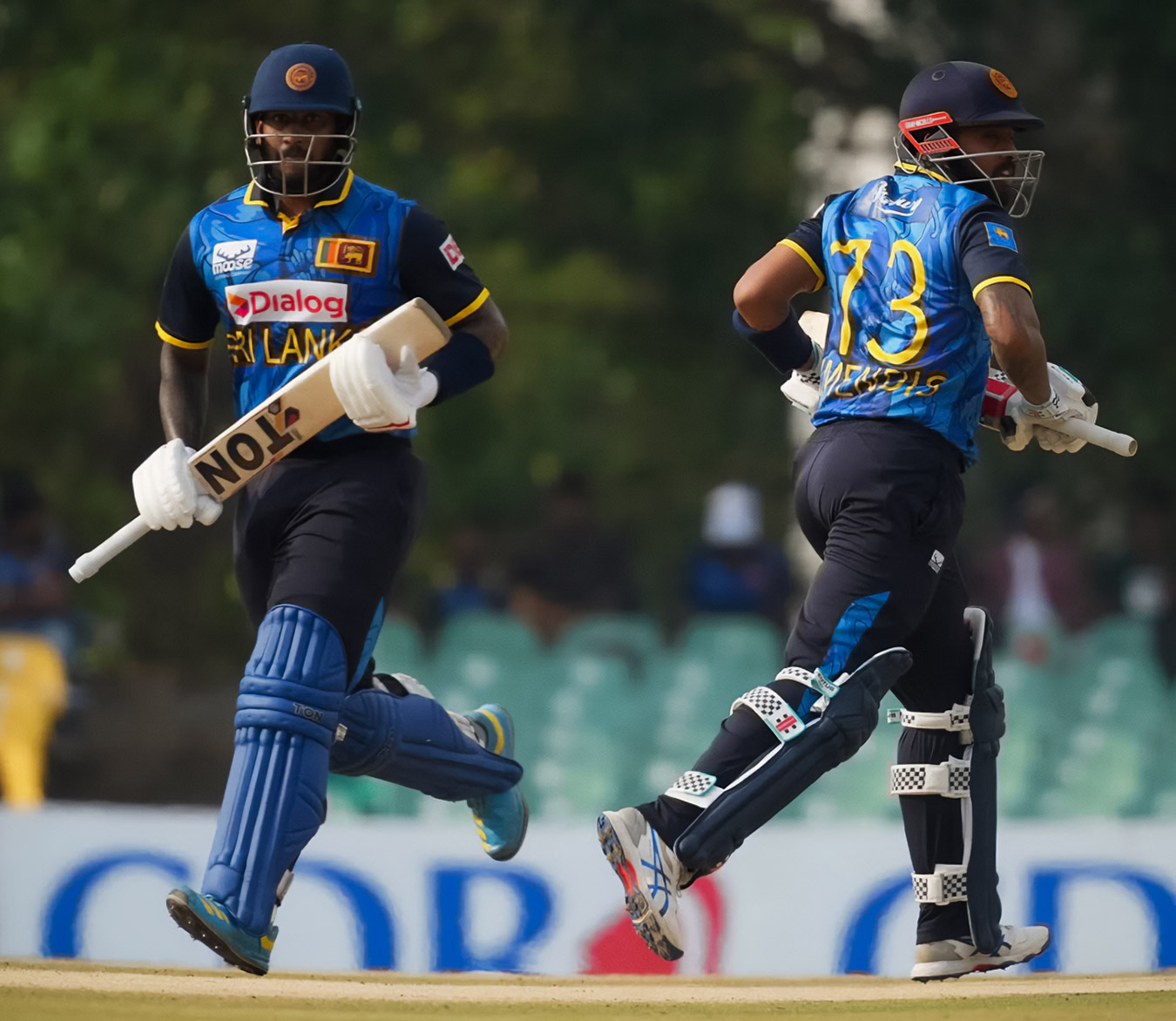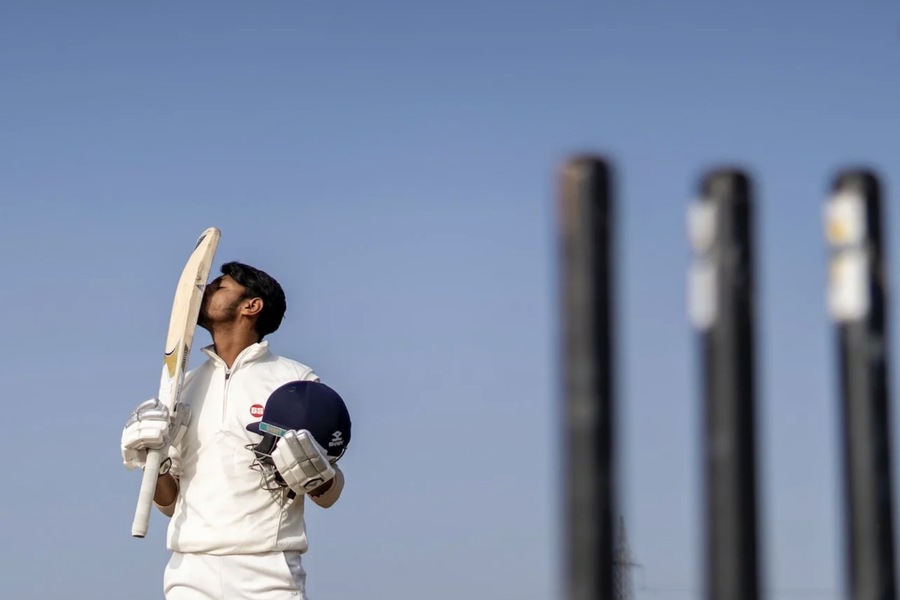Cricket is more than just a sport in many parts of the world; it’s a phenomenon steeped in rituals, traditions, and, most intriguingly, superstitions. In India, where cricket is often equated with religion, these superstitions have become an intrinsic part of the game, shaping decisions and influencing fans, players, and even gamblers participating in cricket betting in India.
Superstitions in cricket might seem irrational, but they underscore the deep emotional connection individuals and teams have with the game. From lucky charms to peculiar rituals, cricket superstitions reflect a blend of cultural beliefs, psychological anchors, and, sometimes, pure coincidence.
The Superstitions of Cricket: A Global Phenomenon
Cricketers are known for their routines, but some rituals border on the superstitious. Consider the iconic example of Indian cricketer Sachin Tendulkar, who always wore his left pad first before heading to the pitch. Another famous instance is South African legend Neil McKenzie, who would tape the locker room ceiling before batting.
Superstitions extend beyond players to teams and fans. The Indian cricket team, for instance, was often believed to carry a “curse” when captains were featured on magazine covers, coinciding with dips in performance.
Superstitions and Fans: The Emotional Stakeholders
Fans, the emotional core of cricket, are perhaps the most superstitious group. From sitting in the same spot during matches to wearing “lucky” jerseys, their faith in these rituals is unwavering.
A recent survey conducted by the Indian Institute of Sports Psychology revealed that nearly 65% of Indian cricket fans have adhered to some form of superstition during a high-stakes match. Interestingly, such behavior also spills into the growing trend of cricket betting in India, where bettors sometimes rely on rituals, like betting only when wearing a certain accessory or following specific betting patterns, believing it influences outcomes.

The Psychological Anchor: Why Superstitions Work
Like any other sport, superstitions in cricket are deeply rooted in psychology. Athletes and fans use rituals to cope with the unpredictability of the game. Cricket, heavily influenced by external factors like weather, pitch conditions, and umpiring decisions, creates a fertile ground for superstitions to thrive.
Illusion of Control: Superstitions give players and fans a perceived sense of control in a sport full of uncertainties.
Routine and Focus: Rituals help players stay calm and focused. Repeating the same action (e.g., bouncing the ball a certain number of times) can serve as a mental trigger for performance readiness.
Reinforcement of Success: When a specific action coincides with a positive outcome, it becomes a ritual reinforced by success.
The Role of Superstitions in Cricket Betting in India
In India’s cricket betting world, superstitions often intersect with strategy and analytics. For instance, some bettors avoid placing bets during certain overs or only wager on specific teams during night matches.
While data analytics has transformed betting, with platforms offering insights on player performance and team statistics, a significant portion of the betting audience still leans on “gut feeling” and rituals.
An interesting trend is the rise of online betting forums where participants discuss statistics and their “lucky” practices, further blurring the line between rationality and superstition.
Cultural Context: Superstitions Unique to India
India’s rich cultural fabric adds a unique flavor to cricketing superstitions. The influence of astrology, numerology, and traditional beliefs often manifests in quirky ways:
Astrology-Driven Decisions: Stories of players consulting astrologers for lucky jersey numbers or pre-match rituals are not uncommon.
Numerology in Betting: Bettors frequently consider lucky numbers, like 7 or 11, when placing bets, reflecting a fascinating intersection of cultural beliefs and modern gambling practices.
Even commentators and analysts often weave these superstitions into narratives, adding intrigue to already intense matches.
The Cost of Superstition: When Belief Goes Too Far
While superstitions add a fascinating dimension to cricket, they also have a downside. Over-reliance on rituals can detract from preparation and performance. For fans, particularly those involved in cricket betting in India, superstitions can cloud judgment, leading to irrational decisions.
A 2023 All India Gaming Federation report highlighted that approximately 35% of Indian bettors admitted to placing bets based on superstitions rather than logical analysis, often resulting in significant financial losses.

A New Era: Data vs. Superstition
The rise of data analytics in cricket has challenged traditional superstitions. Advanced metrics now guide player selection, batting orders, and betting odds. Yet, despite these advancements, superstitions persist. This coexistence of science and belief is a testament to cricket’s emotional depth.
For instance, MS Dhoni’s “finishing touch” is both a statistical phenomenon and a superstitious belief among fans. Platforms offering cricket betting in India now merge such sentiments with data-driven odds, catering to rational and emotional bettors.
Conclusion: The Spirit of Superstition in Cricket
Superstitions in cricket are not merely quirks; they reflect the game’s emotional resonance with its stakeholders. From players relying on rituals for focus to fans performing their ceremonies in front of televisions, these beliefs make cricket more than a sport—they make it a shared human experience.
In India, where cricket often defines identity, these superstitions find fertile ground, influencing everything from on-field performances to trends in cricket betting in India. As cricket evolves with technology and analytics, the age-old rituals and beliefs will likely remain, adding a unique charm to the game that no amount of data can quantify.
Cricket, after all, isn’t just played on the field; it thrives in hearts, homes, and sometimes, even in the inexplicable realm of superstitions.
Hi, I’m Emma Williams, a freelance writer and avid traveler based in London, UK. I love crafting stories that inspire and exploring new destinations to fuel my creativity. When I’m not writing, I enjoy visiting art galleries, trying out local cuisines, and sharing my travel experiences on social media.



